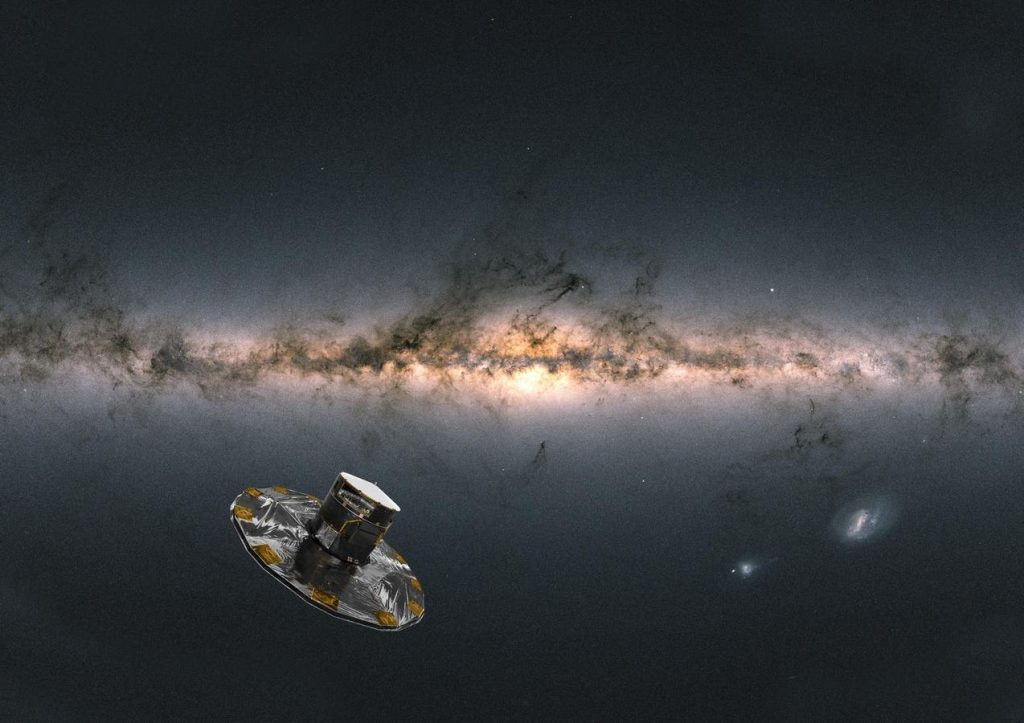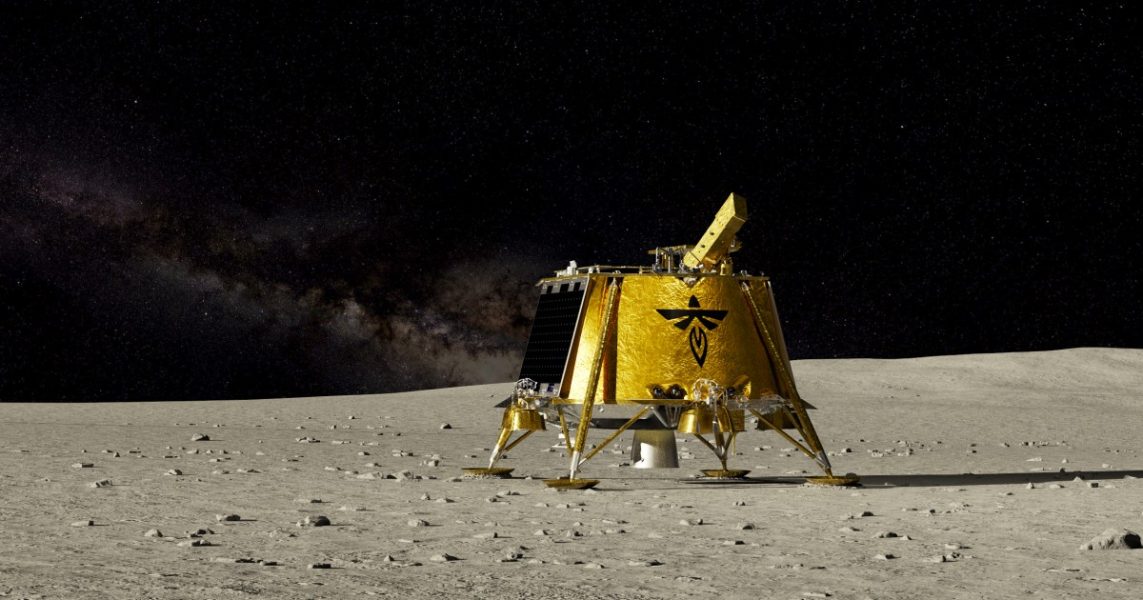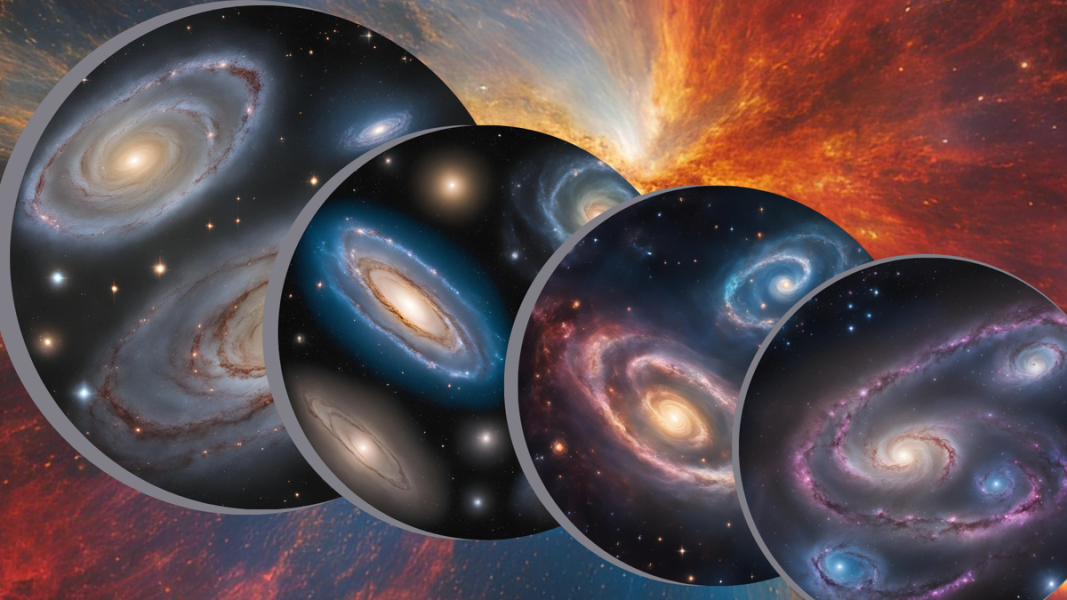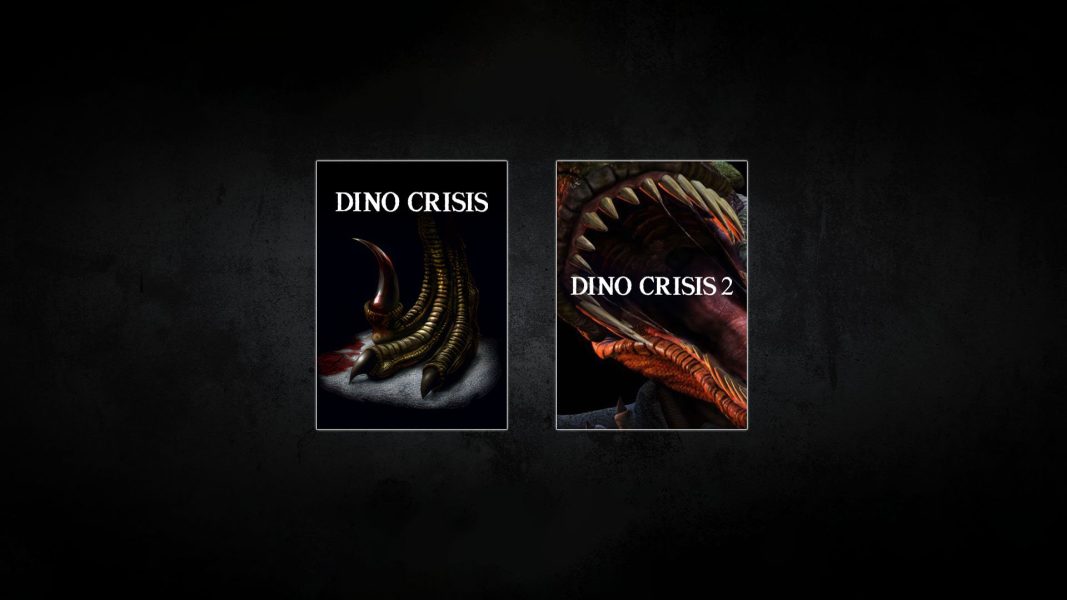ESA’s Gaia Spacecraft Wraps Up Revolutionary Milky Way Mapping Mission – Forbes

Artist’s illustration of the Gaia spacecraft observing the Milky WayAfter 11 years in solar orbit, the European Space Agency’s Gaia spacecraft has completed its mapping of our Milky Way Galaxy to a precision never before achieved. Surviving solar radiation and even damage caused by micrometeorite bombardments, ESA’s Gaia has truly revolutionized our understanding of the Milky Way’s spiral structure.That’s no small feat given that it’s extremely difficult to get a comprehensive understanding of a galaxy when looking at it from the inside. It’s akin to trying to understand the scope of the largest forest one can imagine from a ground-level footpath.But over the course of 10.5 years of science operations, Gaia has made some three trillion observations of about two billion stars and other objects, said ESA. In the process, it’s plotted the positions, distances, movements, brightness changes, composition and numerous other characteristics of stars by monitoring them with its three instruments, ESA noted.The multidimensional mapping of Gaia has helped us to significantly refine the relationship between the sun and its galactic neighborhood, Johannes Sahlmann, ESA’s Gaia project scientist, told me via email. Current models based on data from Gaia and other surveys favor four spiral arms and the presence of a fifth arm or spur, located close to the sun, he said.Gaia has also strengthened the hypothesis that our own yellow dwarf star formed much further in towards the center of our galaxy. Over the course of our sun’s 4.6-billion-year history, it’s thought that the sun migrated outward to its current position sandwiched between the galaxy’s Perseus and Sagittarius arms.We know this because the chemical composition of our sun is more ‘metal rich’ than we would expect if it was born at its current position, Jason Hunt, an astrophysicist at the University of Surrey in the U.K., told me via email.In general, stars which are born in the inner galaxy have a higher number of heavier elements than stars born in the outer galaxy, said Hunt. So, we can use the chemical composition of the sun to work backwards and find out where it came from, he said.Reconstructing the sun’s orbit and possible changes in orbital radius is very difficult if not impossible, Anthony Brown, the Gaia data processing and analysis consortium executive chair and an astrophysicist at Leiden University in The Netherlands, told me via email. So, while there is consensus that stars migrate in the disk over their lifetimes, proving that this is the case for the sun is very hard, he said.How did our galaxy first form?The first fragments of the Milky Way came together soon after the big bang and this was the first formation phase which was ended by the mergers, roughly 10 billion years ago, said Brown. This started the second phase of the formation of the Milky Way from which the present-day thin and thick disks emerged, he said. We can trace the “spin-up” of the Milky Way disk in the way the average properties of stellar orbits change as a function of increasing metallicity of the stars, said Brown.The Milky Way is still dealing with disruption from ancient collisions.We’ve known since the 1950s that the Milky Way’s disk is warped and asymmetrical, but we were unsure of why, said ESA. Gaia has revealed that this warping is caused by an ongoing collision with another smaller galaxy – likely the Sagittarius dwarf galaxy, which has smashed through our galaxy’s disc three times in the past, the space agency noted. Sagittarius has been orbiting our galaxy for 4–5 billion years and is slowly being ripped apart during an ongoing merger, said ESA.Gaia has shown us that star formation in the Milky Way accelerated every time it collided with the dwarf galaxy Sagittarius, and that one of those periods roughly coincided with the time when the sun formed, said Sahlmann. Gaia also discovered that the sun is located close to a large wave-like structure of interstellar gas clouds, the “Radcliffe Wave,” he said.Artist’s impression of a top down view of the Milky WayThe Sagittarius dwarf galaxy has been slowly merging into the Milky Way over the last six billion years and has ‘hit’ our galaxy several times as it spirals in towards the center, said Hunt. This dwarf galaxy is ‘lighter’ than we think is necessary to create the level of disturbance that we see, so the picture doesn’t fully add up, he said.Up next is Gaia’s fourth data release expected towards the end of 2026 which covers the 5.5 years of it nominal mission duration, said Sahlmann. It will include all the individual Gaia measurements for about 2 billion stars and other sources, as well as an exoplanet catalog, he said.As for a follow-on mission?ESA is working on the GaiaNIR mission, an infrared version of Gaia which would be able to see through the dust in the Milky Way’s disk to map many more stars and make a direct connection between star formation and Milky Way dynamics and structure, said Brown.GaiaNIR would also be able to observe other parts of the Milky Way in the optical spectrum.The mission is high on the agenda in ESA’s Voyage2025 program and if it goes ahead its launch would be somewhere in the 2040s-2050s, says Brown.By repeating the measurements with a later mission, we can make extremely accurate measurements of how far stars have moved in the intervening decades by comparing and combining measurements from Gaia and GaiaNIR, said Hunt.Although Gaia is running out of nitrogen gas that it uses to accurately control its spin motion in space, the spacecraft is still functional and undergoing a period of technical tests to improve its calibrations.Even so, since it was launched in December 2013, Gaia’s fuel tank is now approaching empty, says ESA. Thus, in several weeks, Gaia will leave its current orbit around the gravitationally-stable earth-sun Lagrange Point 2, and will be put into its final heliocentric orbit, far from Earth’s sphere of influence, says ESA.Gaia will be switched off completely on the 27th of March, said Sahlmann.One Community. Many Voices. Create a free account to share your thoughts. Our community is about connecting people through open and thoughtful conversations. We want our readers to share their views and exchange ideas and facts in a safe space.In order to do so, please follow the posting rules in our site’s Terms of Service. We’ve summarized some of those key rules below. Simply put, keep it civil.Your post will be rejected if we notice that it seems to contain:User accounts will be blocked if we notice or believe that users are engaged in:So, how can you be a power user?Thanks for reading our community guidelines. Please read the full list of posting rules found in our site’s Terms of Service.






